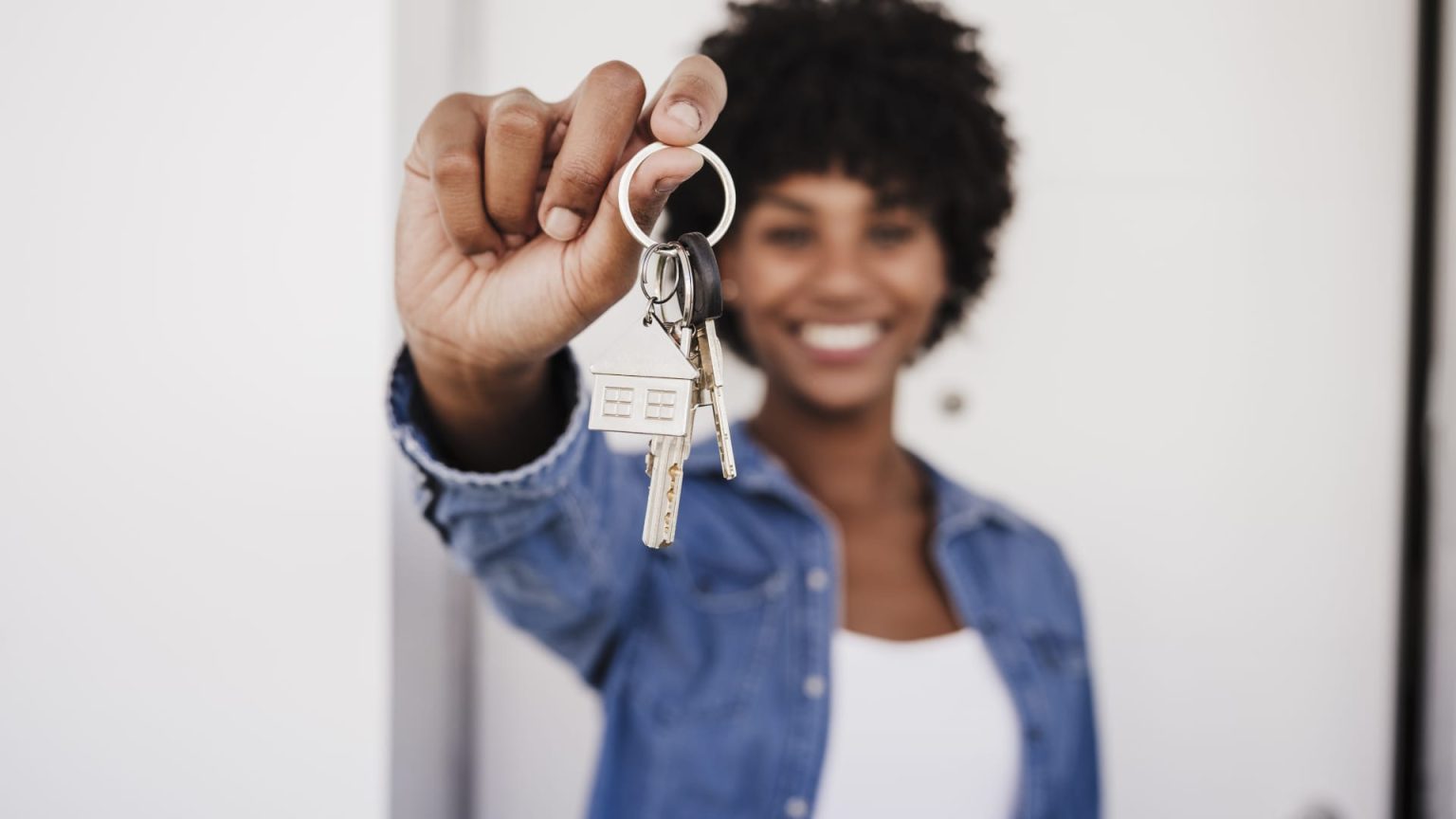As home values climb, more Americans owe capital gains taxes when selling property. But knowing how to calculate your home’s profit could reduce your bill, experts say.
Most Americans don’t owe taxes for selling a primary residence because of a special tax break — known as the Section 121 exclusion — that shields up to $250,000 of profits for single filers and $500,000 for married couples filing together.
However, more U.S. home sales profits now exceed these thresholds, according to an April report from real estate data firm CoreLogic. Nearly 8% of sales exceeded the $500,000 limit in 2023, up from roughly 3% in 2019, the report found.
More from Personal Finance:
More home sellers are paying capital gains taxes — here’s how to reduce your bill
Inflation is slowing. Here’s why prices still aren’t going down
Fewer homeowners are remodeling, but demand is still ‘solid’
There are strict IRS rules to qualify for the $250,000 or $500,000 exemptions. Any profit above those limits is subject to capital gain taxes, levied at 0%, 15% or 20%, based on your earnings.
Capital gains brackets use “taxable income,” which is calculated by subtracting the greater of the standard or itemized deductions from your adjusted gross income.
Reduce capital gains by increasing ‘basis’
“It is important to track your cost basis of the home,” which is your original purchase price plus closing costs from the purchase, according to Thomas Scanlon, a certified financial planner at Raymond James in Manchester, Connecticut.
You can reduce your home sale profit by adding often-forgotten costs and fees to your basis, which minimizes your capital gains tax liability.
For example, you can start by tacking on fees and closing costs from the purchase and sale of the home, according to the IRS. These may include:
- Title fees
- Charges for utility installation
- Legal and recording fees
- Surveys
- Transfer taxes
- Title insurance
- Balances owed by the seller
These could be small amounts individually but have a significant effect on the basis when tallied.
The average closing cost nationwide is $4,243, according to a report from Assurance, but fees vary widely. In the priciest state, New York, the average is $8,039, while California is a close second at $8,028.
“You also get credit for the expenses for the sale of the property,” added Scanlon, who is also a certified public accountant. That includes your real estate commissions and closing costs.
However, there are some fees and closing costs you can’t add to your basis, such as home insurance premiums or rent or utilities paid before your closing date, according to the IRS.
Similarly, loan charges like points, mortgage insurance premiums, the cost to pull your credit report or appraisals required by your lender won’t count.
The ‘best way’ to reduce capital gains taxes
You can further increase your home’s basis by tacking on the cost of eligible upgrades, experts say.
“The best way to minimize the tax owed from selling a house is to maintain an accurate record of home improvements,” said CFP and enrolled agent Paul Fenner, founder and president of Tamma Capital in Commerce Township, Michigan.
An improvement must “add to the value of your home, prolong its useful life or adopt it to new uses,” according to the IRS.
For example, you can increase your basis with additions, outdoor or exterior upgrades, adding new systems, plumbing or built-in appliances.
However, you can’t tack on repairs or maintenance needed to “keep your home in good condition,” such as fixing leaks, holes or cracks or replacing broken hardware, according to the IRS.
Of course, you’ll need documentation of any improvements used to increase your home’s basis in case of a future IRS audit.
If you don’t have receipts, “at the very least, take pictures” and gather any permits pulled for home projects, Scanlon from Raymond James said.
Read the full article here





